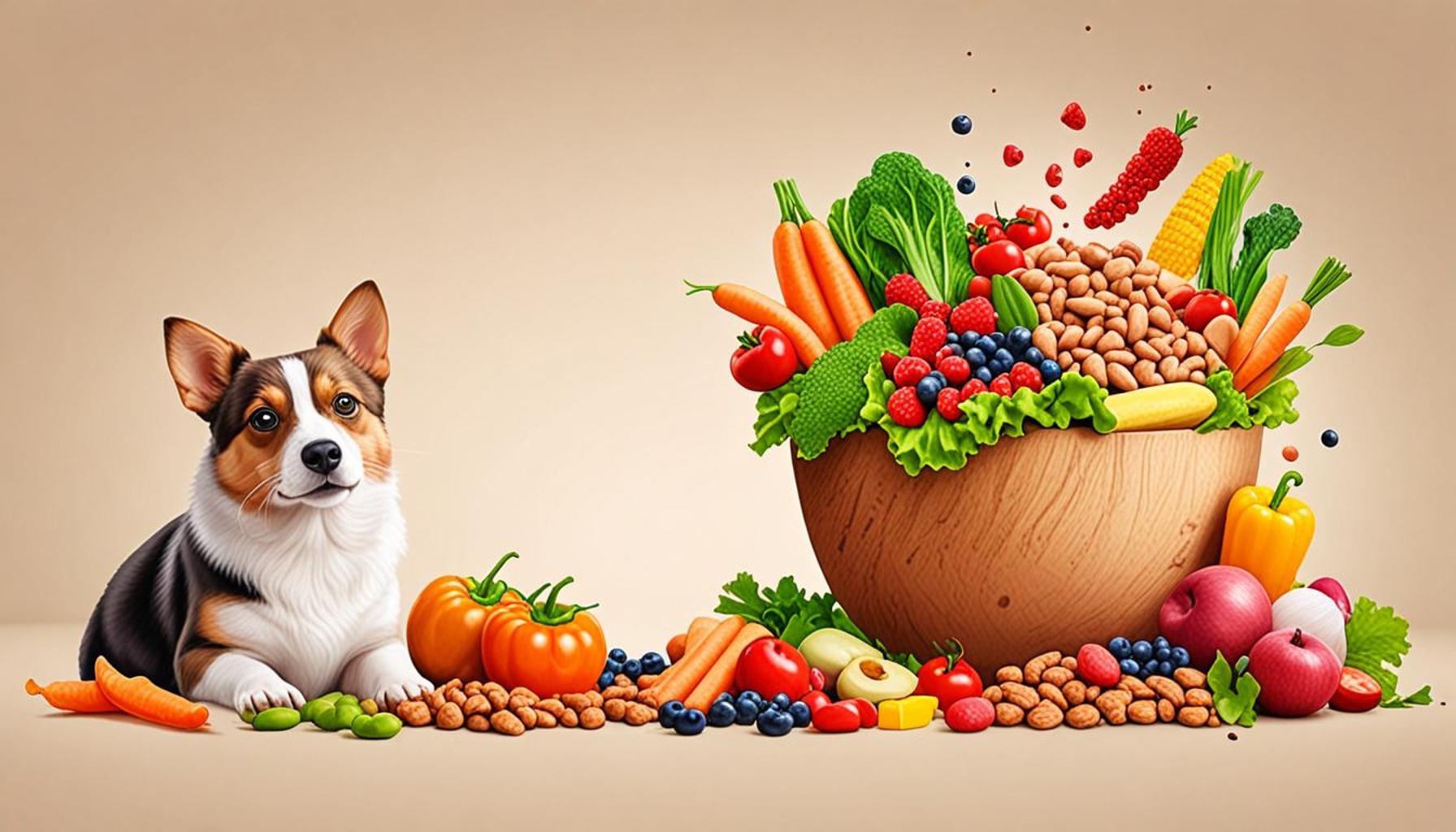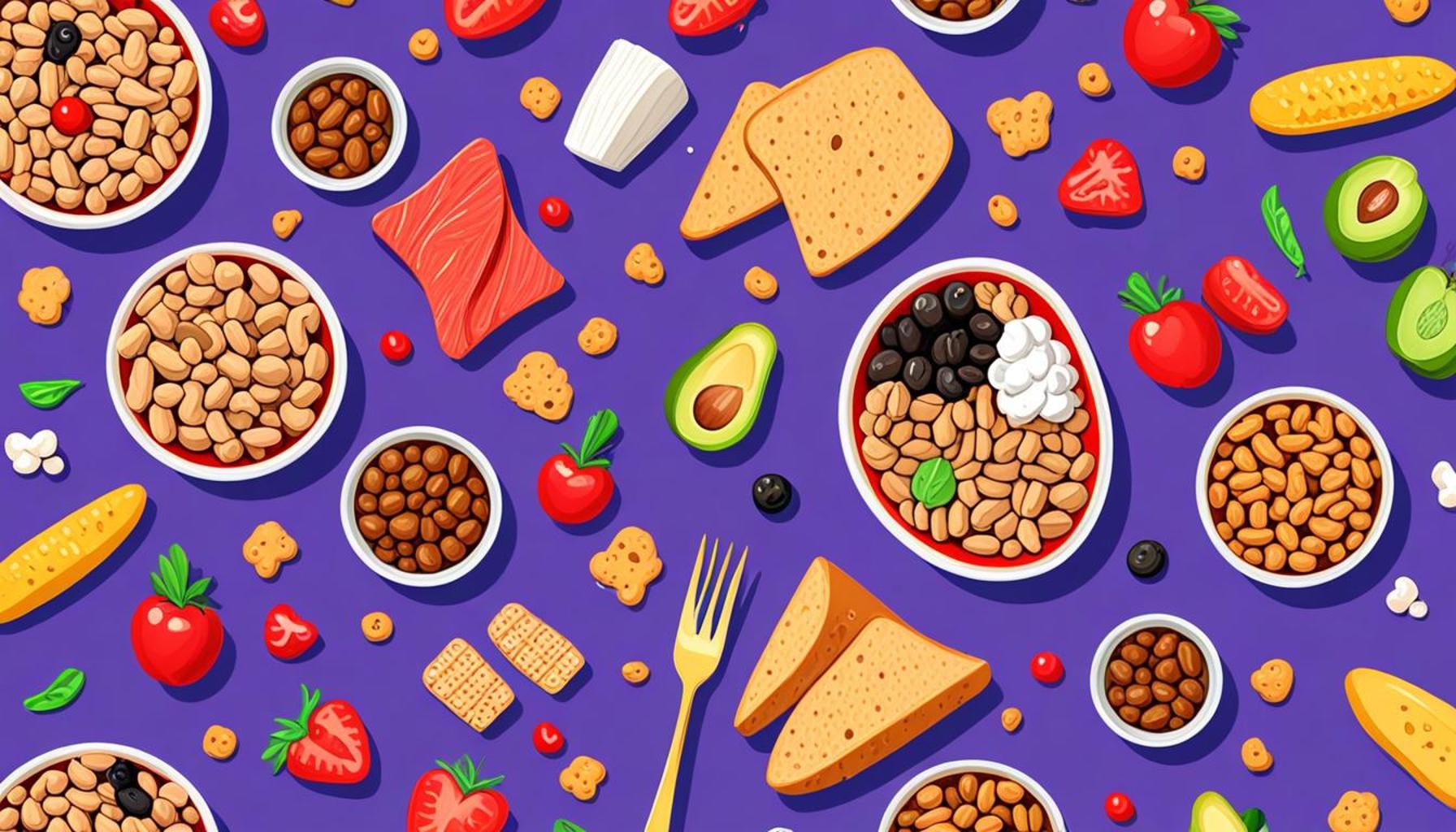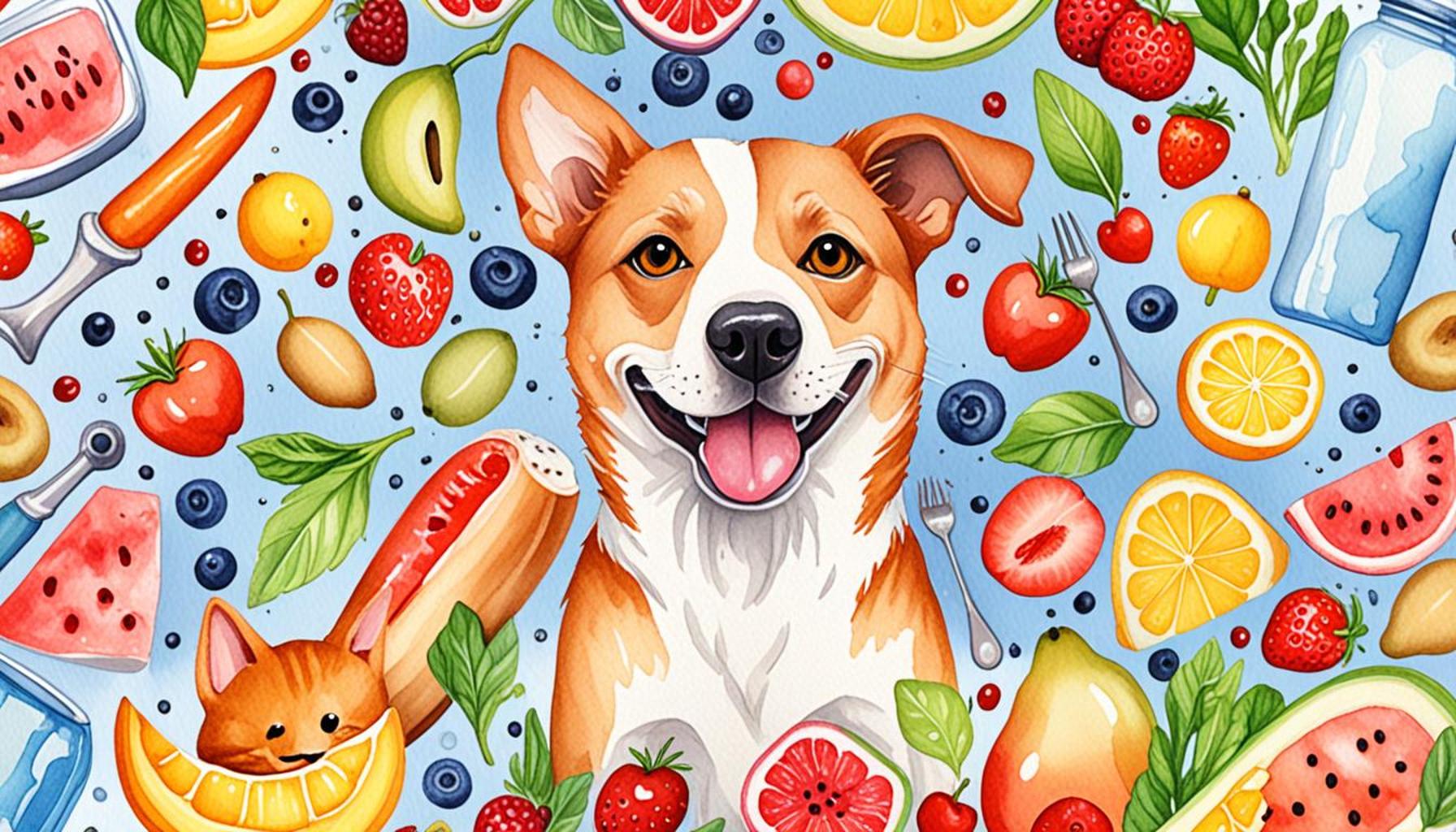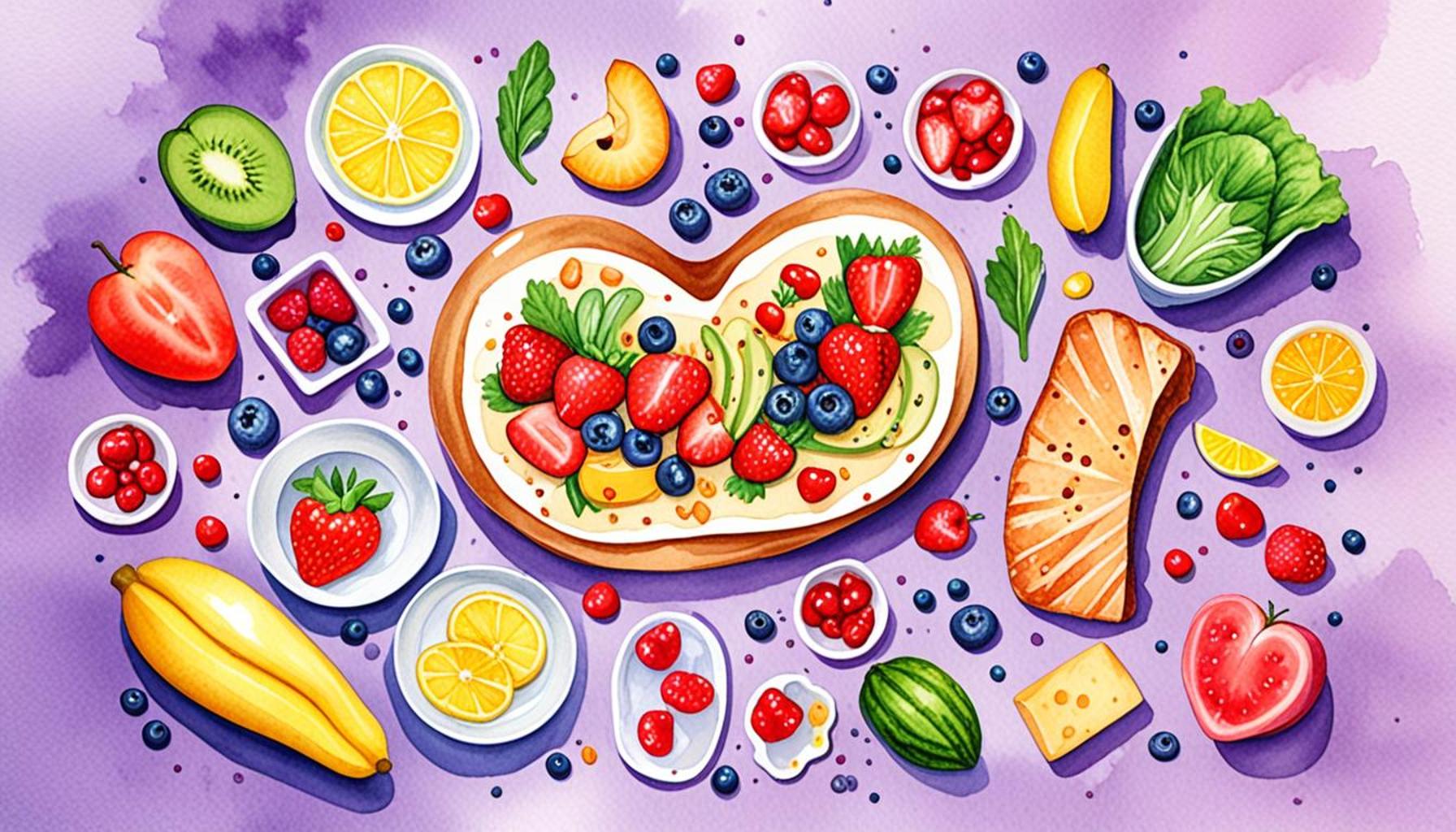Natural Feeding vs. Industrialized Feed: What is Better for Your Animal?

Understanding the Implications of Feeding Methods
The choice between natural feeding and industrialized feed has become an increasingly important discussion among pet owners, farmers, and animal welfare advocates. With the current climate fostering greater awareness of animal health and environmental sustainability, comprehending the nuances of each feeding approach is essential for better decision-making.
Natural feeding, often embraced for its emphasis on fresh and minimally processed ingredients, champions the idea that animals thrive on diets closer to what nature intended. This method might include raw meats, whole grains, fruits, and vegetables, all sourced from local, organic farms. Supporters believe this can lead to a myriad of health benefits, such as enhanced digestion and a reduction in food allergies. For instance, studies suggest that pets fed a natural diet often exhibit better skin health and shinier coats due to the higher nutrient levels in fresh ingredients.
In contrast, industrialized feed presents a more conventional and often more affordable solution for many animal caretakers. Packaged feeds are typically fortified with vitamins and minerals, catering to mass markets. However, this convenience comes with potential drawbacks. Many of these feeds contain preservatives, fillers, and by-products which could detract from the overall nutritional quality. For example, some study results indicate that certain commercial dog foods have been linked to high levels of artificial additives, which may be associated with health issues, including obesity and long-term metabolic problems.
As American consumers grow increasingly conscious of what they feed their animals, the implications of these choices resonate strongly. Factors such as the potential long-term health effects, environmental sustainability, and the specific nutritional needs for various species pose significant questions. For instance, a diet that works well for a large breed dog may not be appropriate for a small breed puppy. Similarly, livestock raised on natural diets may exhibit better growth rates and leaner body mass compared to those on industrialized feed.
This dialogue opens the door for critical inquiries: What are the long-term health ramifications of feeding methods, and how do they each affect ecological footprints? Are natural diets resilient enough to provide necessary nutrients, or is there a risk of nutritional deficiencies? Moreover, how do personal values around animal welfare align with these choices?
In the forthcoming sections of this article, we will explore these various dimensions of natural and industrialized feeding methods, providing insights that can help you make informed, conscientious choices for your animal companions and livestock. By weighing the advantages and drawbacks, you can contribute not only to your animal’s health but also to the broader conversation on sustainable farming and pet care practices.
DISCOVER MORE: Click here to learn about pet food options
Natural Feeding: The Case for Whole Food Diets
Proponents of natural feeding often argue that this approach mirrors what animals consumed before the advent of commercial agriculture and processed feeds. This perspective is particularly prevalent among pet owners who advocate for raw diets or home-cooked meals, believing that such diets lead to superior health outcomes. Natural feeding emphasizes the importance of whole foods, which can include a variety of ingredients such as:
- High-quality proteins like pasture-raised meats or wild-caught fish
- Whole grains such as brown rice or quinoa
- Fresh fruits and vegetables that provide essential vitamins and minerals
- Healthy fats like flaxseed or fish oil for skin and coat health
Supporters claim that this natural approach can lead to improved behavioral traits, more energy, and lower susceptibility to diseases, as a direct result of feeding animals what their bodies are designed to digest. Studies have shown that animals on a natural diet tend to have more stable energy levels, better weight control, and lower incidences of common canine issues like hip dysplasia and allergies.
However, the conversation doesn’t merely stop at health benefits. There is a significant ethical component associated with natural diets as well. Many advocates point out that sourcing ingredients from local farmers not only ensures the freshness of feed but also supports sustainable agricultural practices. This can lead to improved soil health, reduced carbon footprints, and better animal welfare outcomes. Animals raised in pasture-based systems often exhibit more natural behaviors and have access to their full range of physical needs compared to those confined to feedlots.
The Allure of Industrialized Feed: Convenience and Accessibility
On the flip side, industrialized feed presents a system that leans heavily on convenience and affordability. The commercial pet food and livestock feed industry has undergone a remarkable evolution, with advancements allowing for the mass production of feed that is widely accessible. This often attracts pet owners and farmers looking for straightforward, cost-effective solutions.
These feeds, designed by nutritionists and veterinarians, are balanced to meet the specific dietary needs of various animals. Many brands offer specialized lines tailored for particular life stages or health conditions, making it easier for caretakers to find suitable meals. However, while this convenience is appealing, it is essential to examine what is included in these meals.
Industrialized feeds often contain:
- Animal by-products, which can vary greatly in quality and nutritional value
- Fillers and preservatives that may not provide any nutritional benefit
- Artificial additives, which are used to enhance flavor and shelf-life
While these ingredients help in maintaining consistency and cost, they often raise concerns among those who prioritize animal welfare and holistic welfare. Ingredients like corn and soy are common, but their nutritional profiles may not be ideal for all animals. Moreover, some researchers suggest that an excessive reliance on these feed types may correlate with chronic health conditions seen in domesticated animals today.
This clash between natural and industrialized feed underlines a broader conversation about the future of animal nutrition and overall animal wellness. As consumers become more educated about the ingredients in their pets’ diets, understanding the implications of each method remains crucial for making informed choices.
| Advantages of Natural Feeding | Advantages of Industrialized Feed |
|---|---|
| Holistic Nutrition | Convenience and Consistency |
| Natural feeding offers a broad spectrum of nutrients tailored to specific animal needs, ensuring a well-rounded diet. | Industrialized feed provides measurable nutritional content, making it easier for owners to track intake and plan feeding schedules. |
| Healthier Lifestyle | Cost-effectiveness |
| Natural diets can reduce the risk of chronic diseases related to poor nutrition, leading to longer, healthier lives for animals. | Industrialized feeds often lower the overall cost of feeding, making it a practical choice for many animal owners. |
The debate between Natural Feeding versus Industrialized Feed draws attention not only for nutrition but also for the well-being of our animals. Nutrition derived from whole foods typically supports better digestion and fosters natural behaviors in animals. In contrast, industrial options frequently contain additives that may facilitate storage and usage but spark ongoing discussions regarding their long-term impact on health.Choosing a suitable diet involves understanding the needs of your pets or livestock, as well as considering the implications of each feeding strategy on their lives and the environment. While natural feeding champions quality nutrients and digestive health, industrialized feed continues to attract attention for its reliability and accessibility. Each path holds potential benefits and challenges, prompting further exploration into what truly nourishes our animals best.
DISCOVER MORE: Click here to learn about the importance of socialization
Weighing the Pros and Cons: Is Convenience Worth the Cost?
When it comes to choosing between natural feeding and industrialized feed, one cannot ignore the crucial aspect of economic implications. While natural diets often promise improved health and welfare, they can also come with a higher price tag. Fresh meats and organic produce tend to be significantly more expensive than their processed counterparts. For families on a budget or large-scale livestock producers, the cost of sourcing high-quality ingredients can be prohibitive.
On the other hand, industrialized feeds are often marketed as affordable and accessible solutions. Major brands can provide consistent nutrition at a fraction of the cost of natural feeding options. This lower price point often attracts consumers who prioritize convenience without fully realizing what they might be sacrificing in terms of quality. While the price is right, it raises the question of whether these feeds offer true value. Several studies suggest that the long-term health costs associated with chronic health issues linked to poor diets may outweigh initial savings, making it a complex financial calculation.
Understanding Nutritional Quality and Labels
The nutritional quality of both natural and industrialized feeds is often a focus of concern. Natural diets emphasize whole ingredients, yet not everyone knows how to balance these diets correctly. Incorrect formulations can lead to nutritional imbalances or deficiencies. Hence, the need for proper research and guidance becomes imperative for those opting for natural feeding.
In contrast, the nutritional adequacy of industrialized feeds is typically validated through feeding trials and research-backed formulations. However, scrutinizing labels is essential. Many consumers may overlook terms like “by-product meal” or “meat and bone meal“, which can hint at lower-quality ingredient sourcing. The Association of American Feed Control Officials (AAFCO) provides guidelines for pet food labeling, but it ultimately falls on consumers to interpret them correctly.
The Rise of Customizable Options
Recent market trends indicate a growing demand for customizable feeds that blend elements of both natural and industrialized approaches. Companies are increasingly offering tailored nutrition plans based on specific animal needs, lifestyle adjustments, and even allergies. This evolution in the industry highlights an undeniable shift. Customers are no longer satisfied with one-size-fits-all options and are instead looking for greater personalization, which could potentially marry the best aspects of both feeding philosophies.
This trend may be especially beneficial for pet owners who have animals with unique dietary requirements. For example, pets suffering from allergies or sensitivities can often find relief through tailored diets that cover their specific needs. Such options demonstrate that the lines between natural feeding and industrialized feeds are increasingly blurred, potentially paving the way for new feeding paradigms in animal nutrition.
Environmental Considerations: A Delicate Balance
As the discussion intensifies regarding animal diets, environmental impacts also surface as a vital consideration. Natural feeding can contribute positively to sustainability by promoting local agriculture and reducing environmental footprints, but sourcing fresh, organic ingredients on a larger scale raises questions about resource usage and land impact.
Conversely, the production processes behind industrialized feeds often involve large-scale agribusiness practices that can strain local ecosystems and contribute to issues like monoculture farming and pesticide usage. Such practices result in both ethical and environmental dilemmas. As awareness of sustainable practices grows, the push for transparency in sourcing—regardless of the feeding philosophy—will likely shape future consumer choices.
Thus, as both feeding methods present distinct advantages and drawbacks, the question of what is best for your animal becomes increasingly nuanced. The pursuit of a balanced diet that aligns with ethical standards, animal welfare, and health outcomes is ever-evolving, leading animal caretakers to tread thoughtfully in their decision-making processes.
DISCOVER MORE: Click here to learn about the best food options for your pet
Conclusion: Navigating the Spectrum of Animal Nutrition
In the ongoing debate of natural feeding versus industrialized feed, the ideal choice ultimately hinges on individual circumstances, values, and priorities. Both approaches present unique benefits and challenges, weaving a complex tapestry that requires thoughtful examination from pet owners and livestock managers alike. While natural diets often boast superior health benefits and a sustainable footprint, they may not always suit every budget or lifestyle. In contrast, the convenience and lower expenses of industrialized feeds can be tempting, yet may invite scrutiny over long-term health implications.
This intricate balance emphasizes the importance of informed decision-making—where factors such as nutritional quality, ingredient sourcing, and environmental sustainability must play a pivotal role. As consumers increasingly demand greater transparency and nutrition tailored to specific needs, the market is adapting to provide options that merge the best qualities of both feeding philosophies. Customizable feeds are heralding a new era in animal nutrition, challenging traditional methodologies and championing diversity in dietary choices.
Ultimately, it is vital for caretakers to remain vigilant and proactive, conducting thorough research and engaging with experts to discern what truly benefits their animals. Whether leaning toward natural options or embracing industrialized feeds, a comprehensive understanding of each approach will empower pet owners and producers to cultivate healthier lives for the animals in their care. In a landscape marked by evolving trends and a growing emphasis on ethical consumption, the conversation about animal nutrition is far from over—serving as a reminder that informed choices today shape the health and well-being of our animals tomorrow.


